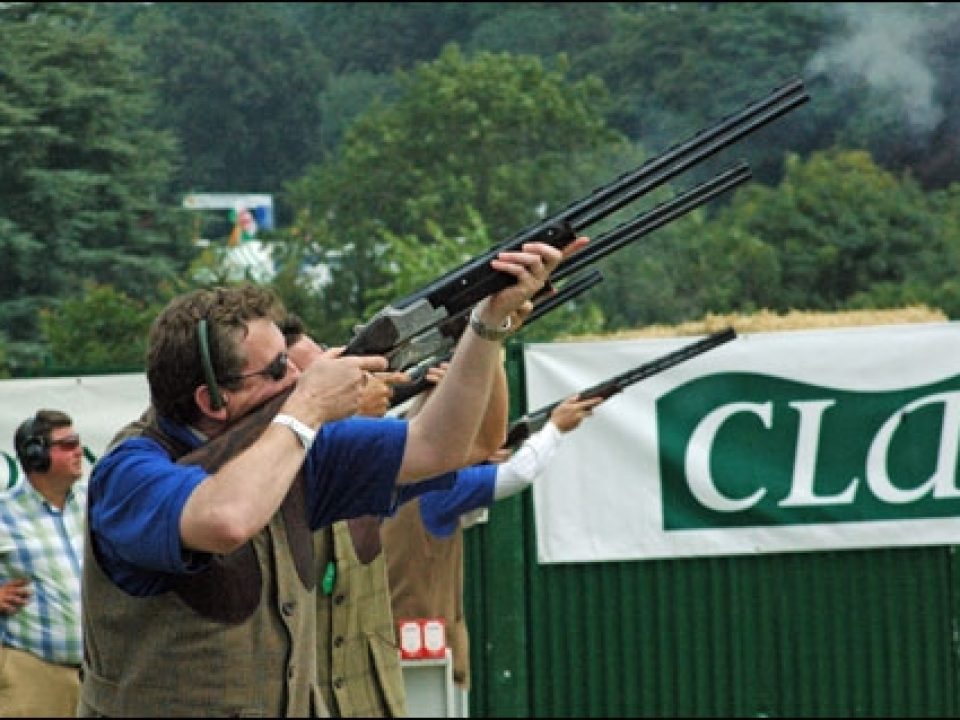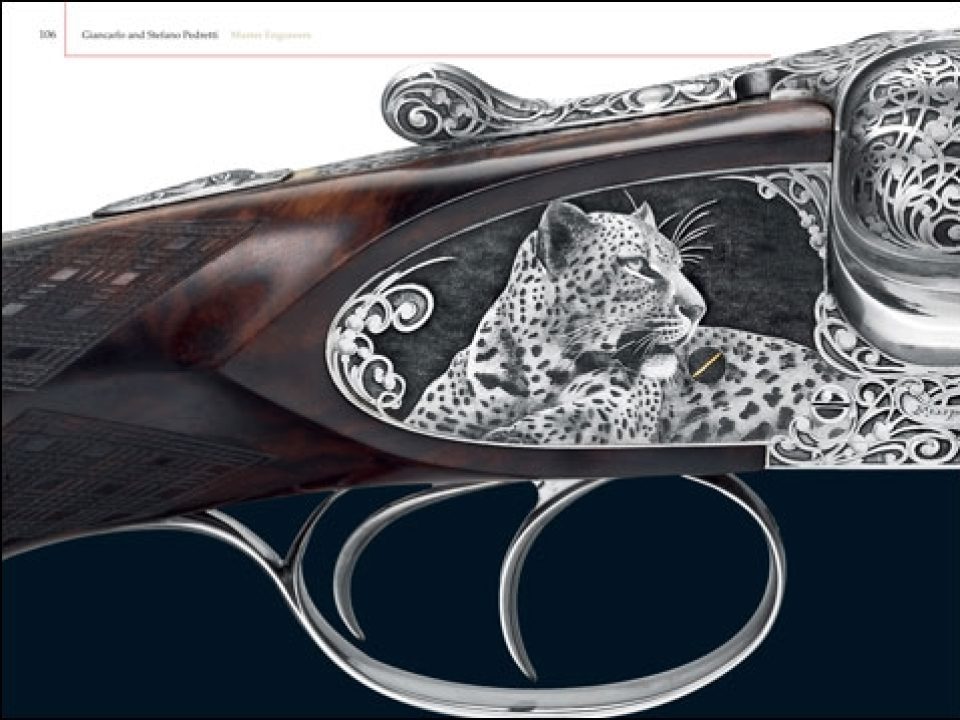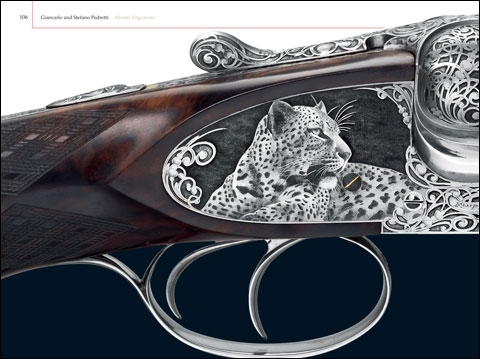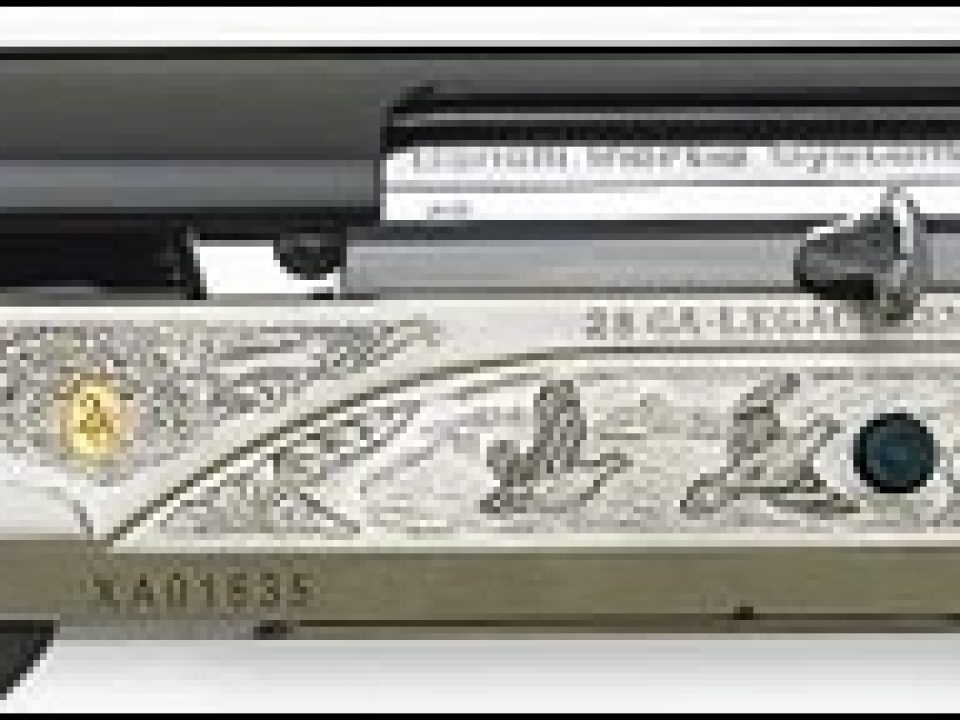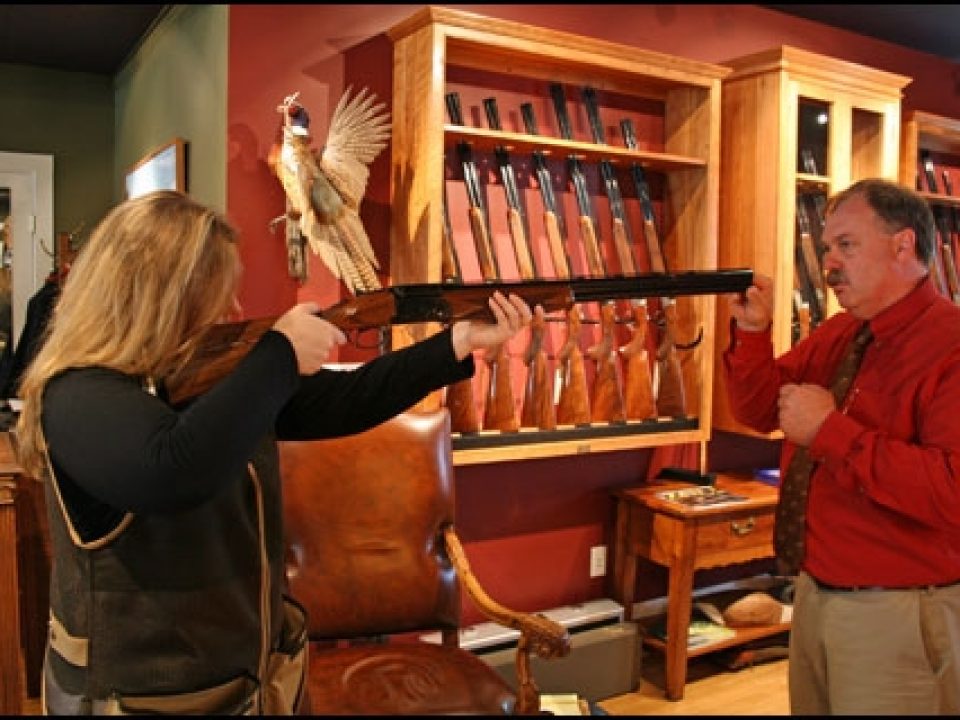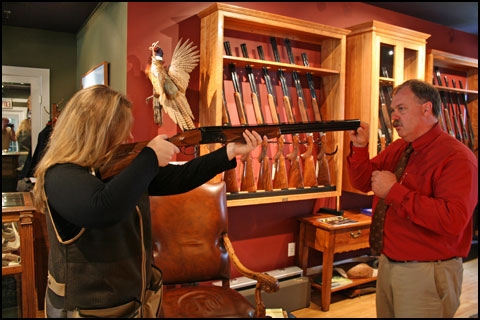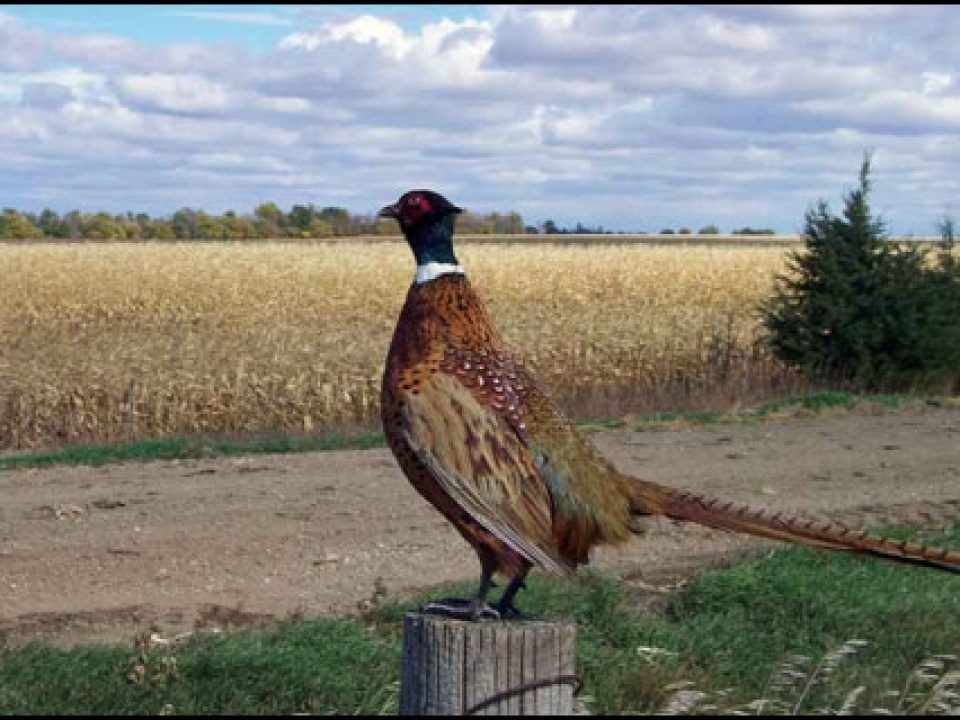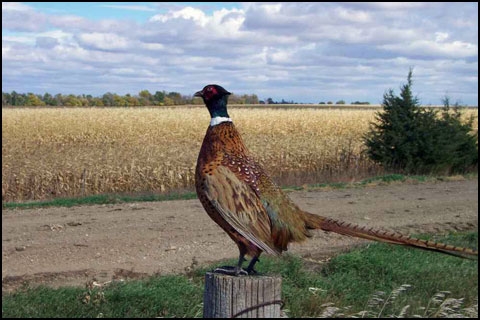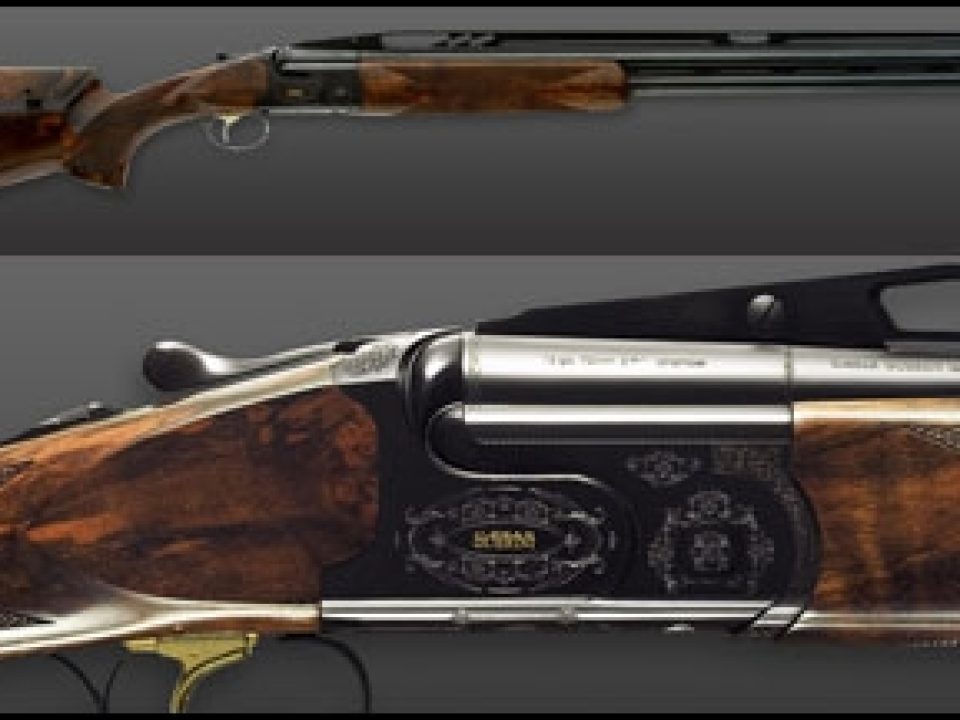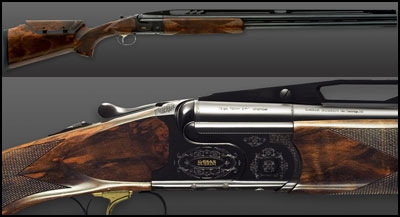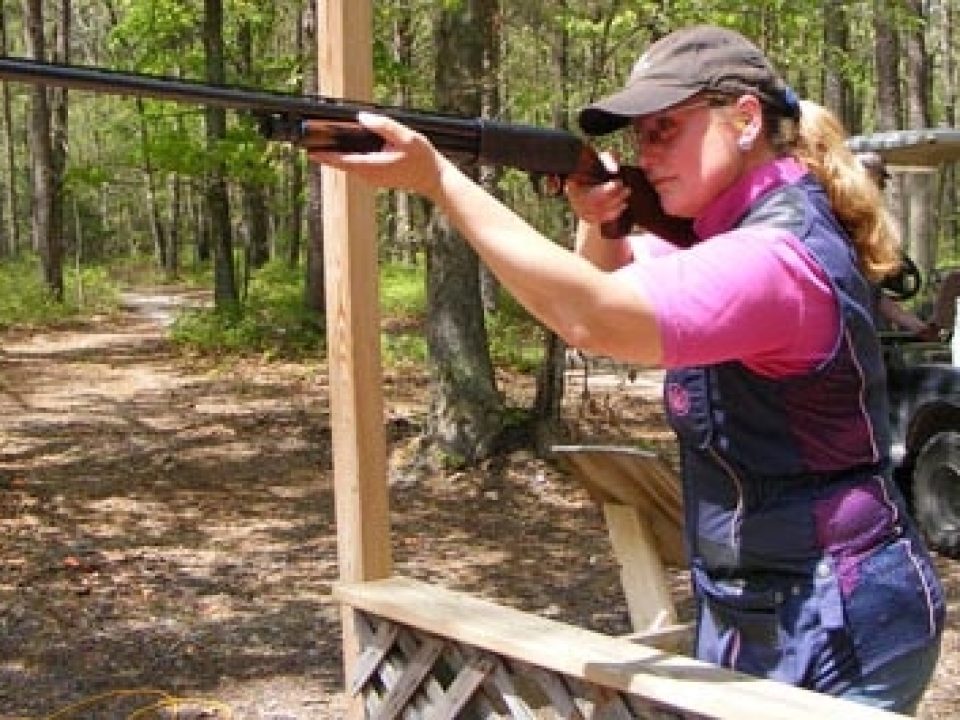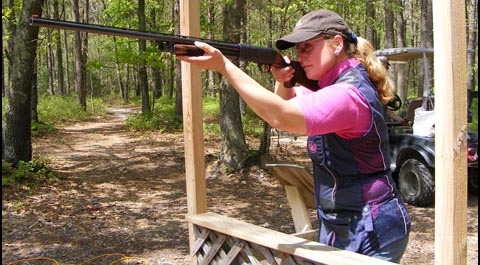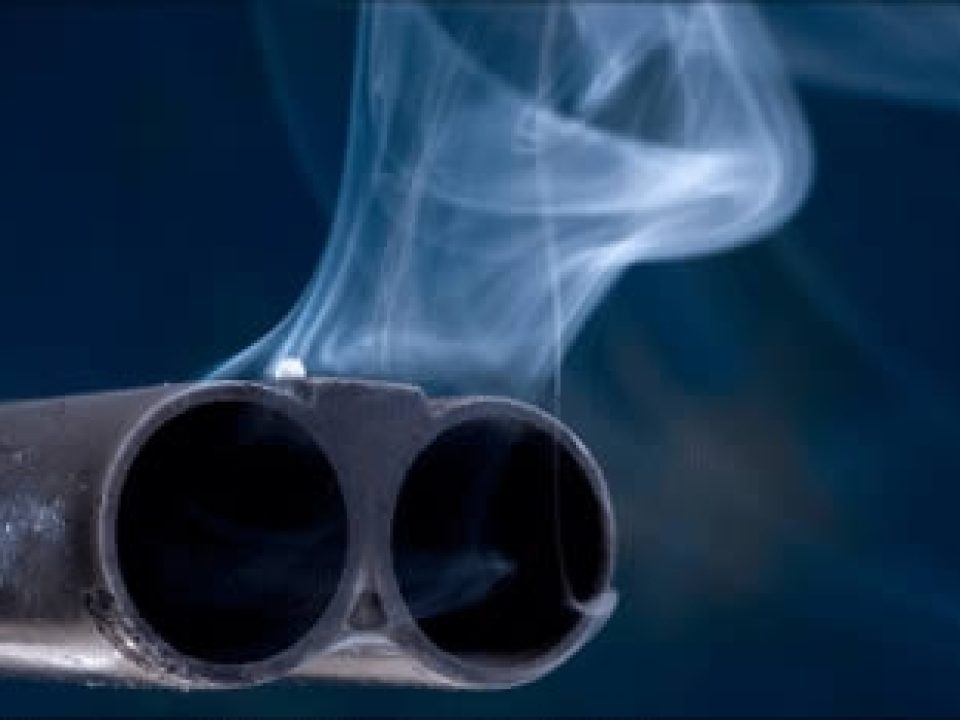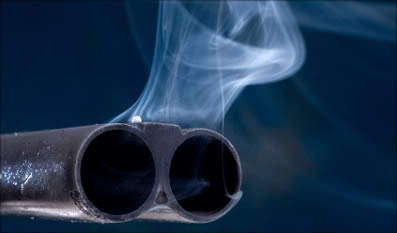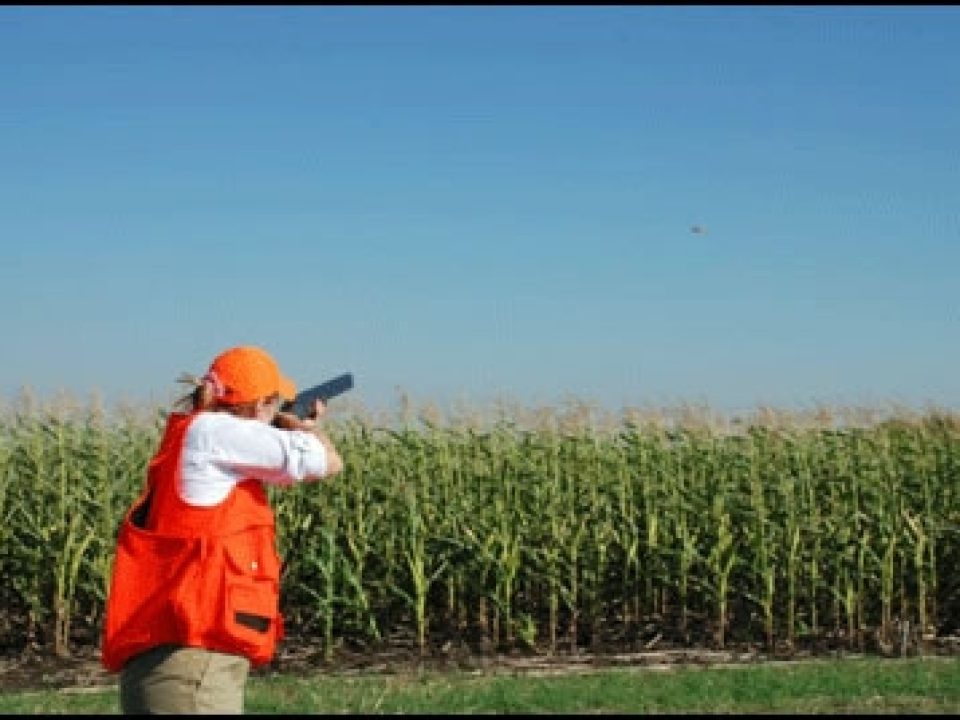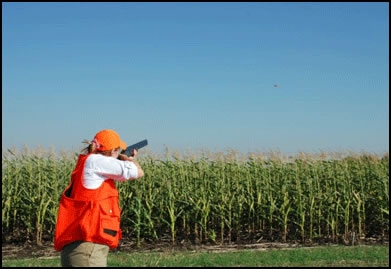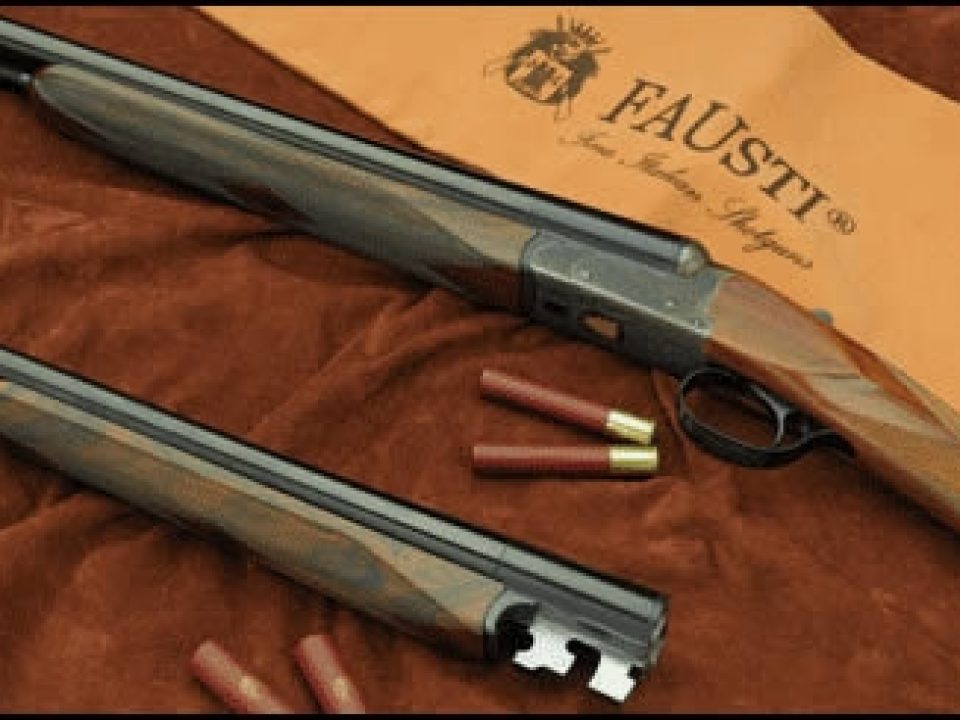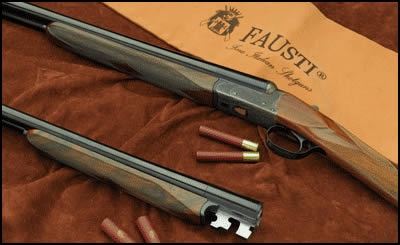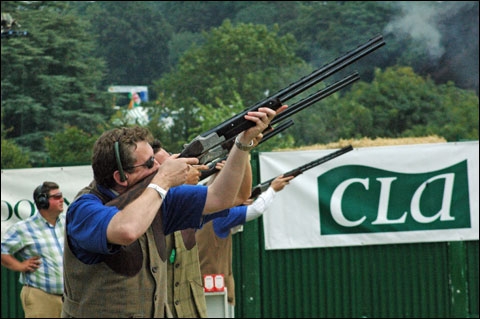
As a certain local bard may have put it, this is such stuff as a sportsman’s dreams are made of.
Imagine if you could take the Vintage Cup, Southern Side by Side and Grand American shoots; combine them with the SCI Show, Las Vegas Antique Arms show, a gun dog field trial, a horse show and a fly fishing festival; then add in miles of world class shopping, exotic motorcars, fine art galleries, acres of gourmet food and drink; and stage it all on the lawn of a beautiful historic English country estate.

